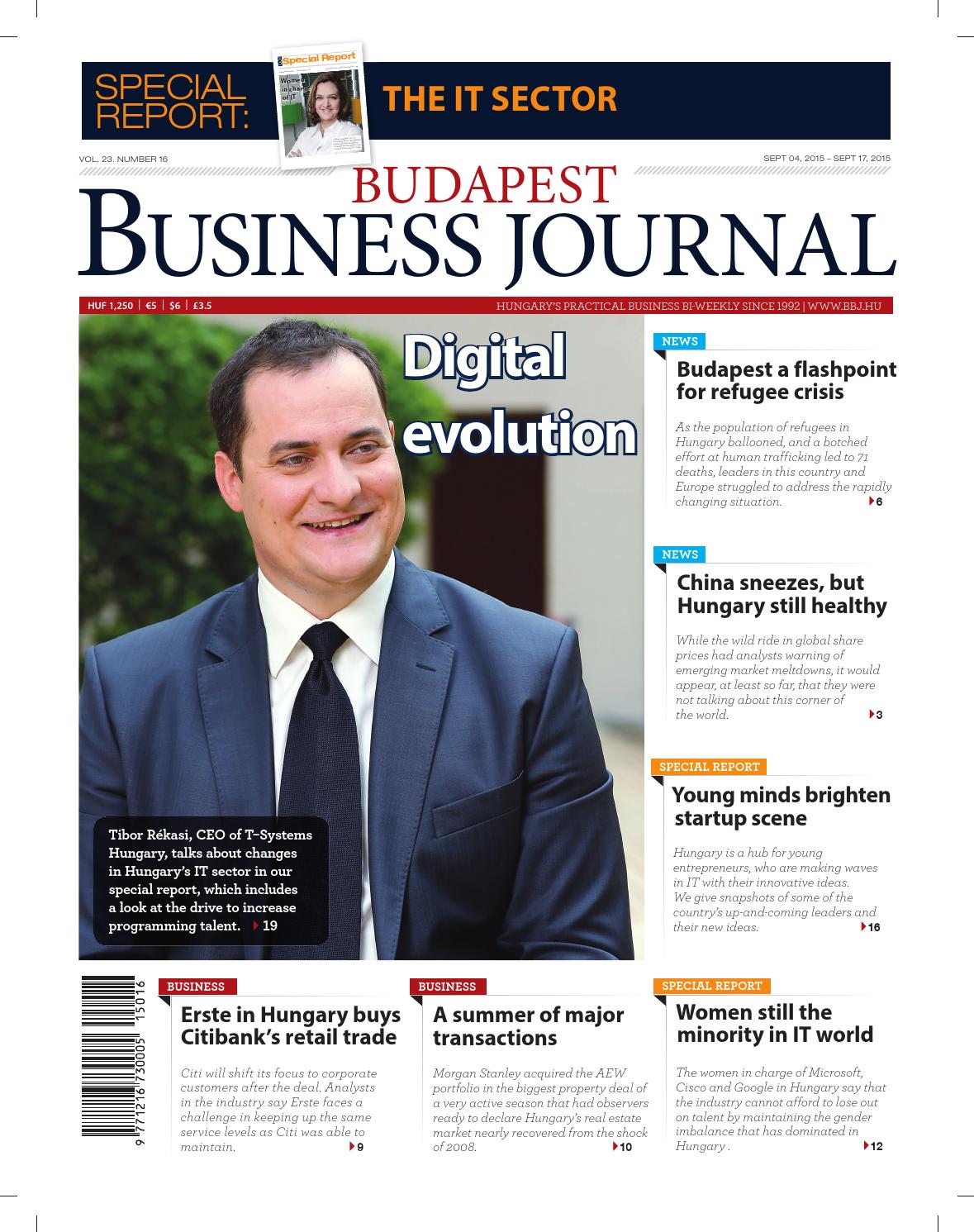Lockdowns & Social Distancing Lift Phone Use In Hungary
- 16 Nov 2020 9:23 AM
- Budapest Business Journal
As mobile phones have morphed into smartphones that allow us to binge-watch movies, write email, handle banking and shop via our handheld devices, it is often thought that the days of landline phones and voice calls are numbered, especially for non-business use.
How valid is that point of view now?
Mobile phone networks in Hungary saw a total of 124 petabytes (which roughly translates to 17 million hours of a 4K movie) of data traffic in the first quarter of the year, which is a staggering 69.9% increase as compared to the same quarter in 2019, according to data published by the Central Statistical Office (KSH) in July.
In the preceding two quarters, the year-on-year growth was 56% and 57%, respectively, which indicates the uplift may have been boosted by the extraordinary circumstances that were just beginning to come into play around the coronavirus pandemic.
Some 94% of this data traffic traveled through 4G/LTE networks.
Changed Habits?
KSH says in its report that the quarterly figures may reflect changed contact habits in the light of the COVID-19 pandemic.
Both mobile call and duration numbers grew by 15% and 17%, respectively, when compared to landline networks, year-on-year.
Although they fell in a quarter-to-quarter comparison for the third consecutive quarter, the number of mobile calls exceeded two trillion, growing by a year-on-year 3.8% in the first quarter.
The total duration of those calls were up by 6.8% to 6.3 billion minutes, which translates to more than 11,000 calendar years.
Per subscription basis, these figures average out at 5.5 minutes a day.
It appears that mobile internet data is biting into the text message pie.
The total of 464 million text messages sent by mobile users in the first quarter was two million less than in the same quarter of 2019, and 16 million less than those in the fourth quarter of 2019.
Landline phone call numbers dropped further, seeing a 7.4% year-on-year decline at 157 million.
Nevertheless, the length of those calls increased slightly by 2.2% to 922 million minutes, presumably lifted by the lockdown measures as people began to self-isolate.
In the meantime, mobile phone subscriptions kept increasing.
At the end of March 2020, mobile phone subscriptions reached 12.64 million, some 430,000 more than a year earlier, and 101,000 more than at the end of December 2019, this in a country with a total population of 9.8 million, according to KSH.
The number of subscriptions per 100 inhabitants rose to 129.4 from 124.7 in Q1 2019.
Conversely, there were 3.2 million landline subscriptions at the end of the first quarter, 0.4% fewer than 12 months earlier, yet slightly more than in the previous quarter.
The Magyar Mobile Telephone Service Story
Mobile phone services have come a long way.
The first Hungarian commercial mobile service, the analogue 450 MHz radiotelephone service, was launched on October 15, 1990, by Westel Rádiótelefon Kft., later Westel 0660, which was established as a joint venture between the country’s legacy telephone monopoly Matáv (Magyar Telekom’s legal predecessor) and the U.S.-based West International.
In 1994, the second generation (2G) GSM-based service overtook analogue, and was launched by Westel 900 (later T-Mobile Hungary, then Magyar Telekom), in the 900 MHz band, delivering better voice quality, higher network capacity, the ability to send text messages (SMS), voicemail and roaming.
In 2005, the introduction of 3G made the use of high-quality multimedia applications possible, together with video calls, mobile TV and high-speed mobile internet.
Since 2012, the majority of mobile users have been enjoying the benefits of 4G. According to data from the National Media and Infocommunications Authority (NMHH), in the fourth quarter of 2019, 96.3% of the total domestic mobile internet traffic and 25.2% of the domestic call traffic took place through 4G networks.
Magyar Telekom data shows that annual mobile phone voice traffic is still on the rise. By the end of the year, it is expected that mobile network minutes will reach 10 billion, up from nine billion in 2015.
Mobile data has been on an even steeper climb than voice. In the past half a decade, Magyar Telekom has seen annual mobile data traffic grow more than eight-fold.
In the second quarter of this year (in other words, at peak lockdown), compared to the same quarter a year earlier, mobile data traffic grew by 60%.
Telekom customers have used an average of 5.5 GB of data per month in 2020, which roughly equals to three-quarters of an hour of 4K video.
As 5G technology will be up to 100 times faster than 4G, reaching 10 gigabits per second (more than an hour of 4K video footage), Internet of Things solutions, such as self-driving cars, for example, will become a reality in the upcoming years.
Such speeds, and the fact that 5G networks can accommodate an increased number of devices connected to the same station at the same time, mean the prominence of mobile devices and their usage is only expected to rise further in the near future.



























LATEST NEWS IN finance